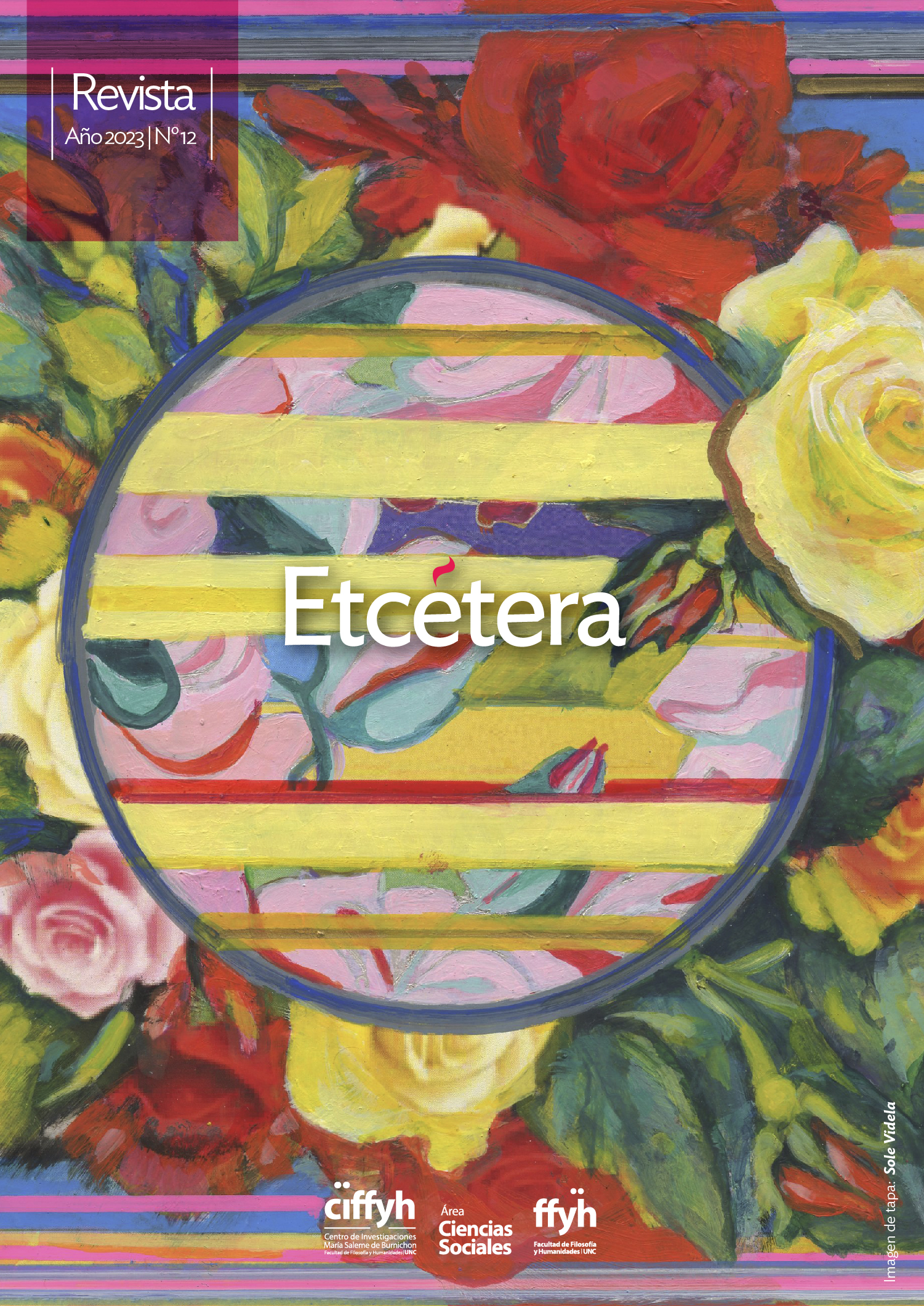#XMAP: In Plain Sight. A collective and digital cartography of uncounted violence
Dossier Intemperie: políticas de la voluntad y poéticas del cobijo
Keywords:
Detention Center, #XMAP, Extractive Capitalism, Surveillance, Digital CartographyAbstract
Extractive capitalism requires a particular form of governmentality that is corporate, seizes territories, and subsumes the complex logic of social ecologies to expand its representational and material control over human and inhuman life. This essay analyzes immigration detention as a racially created regime that operates through the intertwined dynamics of extractive capitalism and internal warfare against racialized populations. The border security industrial complex functions as an extractive industry that reorganizes space and has a direct impact on the territory, creating an industrial landscape, built from and for the comfort of human displacement. On July 3-4, 2020, on Independence Day weekend in the US, visual and performance artists Cassils and rafa esparza presented an activist art work created in collaboration with 80 artists to demand the abolition of the Detention center and prison culture in the United States. To do this, on a journey along the country's maritime and land border, they wrote in water vapor messages created by the artists about more than 80 detention centers, immigration courts, borders, detention camps, and other historical places of genocide and dispossession. In the second part, this essay explores how In Plain Sight uses art to expose the colonial formation of public space and propose, in a sky turned into a stage, new politics of space.
Downloads
References
Agamben, G. (2005). State of exception. Chicago: University of Chicago Press.
Agamben, G. (1998). Homo Sacer. Sovereign power and bare life. Stanford: Stanford University Press.
Bastow, C. (7 de julio de 2020). In Plain Sight skywriting project targets US culture of incarceration: “We have a brief moment of clarity”. The Guardian. Londres. https://www.theguardian.com/artanddesign/2020/jul/07/in-plain-sight-skywriting-project-targets-us-culture-of-incarceration-we-have-a-brief-moment-of-clarity
Borderlands Autonomist Collective. (2012). Resisting the security-industrial complex. En: Loyd, J. y Mitchelson, M. (comps.), Beyond walls and cages: prisons, borders, and global crisis, pp. 190-208. Georgia: The University of Georgia Press.
Butler, J. (2017). Vulnerabilidad corporal, coalición y la política de la calle. Nómadas, vol. 46, pp. 13-29. Colombia: Departamento de Investigaciones de la Universidad Central. http://www.scielo.org.co/pdf/noma/n46/0121-7550-noma-46-00013.pdf
Davis, A. (2017). ¿Son obsoletas las prisiones? España: Bocavulvari Ediciones.
De Genova, N. (2004). The legal production of Mexican/migrant “illegality”. Latino Studies, núm. 2, pp. 160-185. Londres: Palgrave Macmillan. https://doi.org/10.1057/palgrave.lst.8600085
Gómez-Barris, M. (2017). The extractive zone. Social ecologies and decolonial perspectives. Durham y London: Duke University Press.
Kassie, E. (24 de septiembre de 2019). How the U.S. created the world’s largest immigrant detention system. The Marshall Project y The Guardian. Nueva York. https://www.themarshallproject.org/2019/09/24/detained
McKittrick, K. (2013). Plantation futures. Small Axe, vol. 17, núm. 3(42), pp. 1-15. EEUU: Duke University Press. https://doi.org/10.1215/07990537-2378892
Mirzoeff, N. (2020). Artificial vision, white space and racial surveillance capitalism. AI & Society, núm. 36, pp. 1295-1305. Springer. https://doi.org/10.1007/s00146-020-01095-8
Mirzoeff, N. (2016). El derecho a mirar. IC Revista Científica de Información y Comunicación, núm. 13, pp. 29-65. España: Universidad de Sevilla. https://icjournal-ojs.org/index.php/IC-Journal/article/view/358
Patler, C.; Sacha, J. y Branic, N. (2018). The black box within a black box: solitary confinement practices in a subset of U.S. immigrant detention facilities. Journal of Population Research, vol. 35, núm. 4, pp. 435-465. Springer. https://doi.org/10.1007/s12546-018-9209-8
Stenken, C. (2012). Detention and access to justice. En: Loyd, J. y Mitchelson, M. (comps.), Beyond walls and cages: prisons, borders, and global crisis, pp. 209-214. Georgia: The University of Georgia Press.
Struch, R. (2022) Activist performance on edge: spatial politics after the end of public space. Urban Geograohy, vol. 43, núm. 6, pp. 848-856. Inglaterra: Taylor & Francis. https://doi.org/10.1080/02723638.2022.2053427
Downloads
Published
Issue
Section
License
Copyright (c) 2023 Etcétera. Revista del Área de Ciencias Sociales del CIFFyH

This work is licensed under a Creative Commons Attribution-NonCommercial-ShareAlike 4.0 International License.
Aquellos autores/as que tengan publicaciones con esta revista, aceptan los términos siguientes:
- Los autores/as conservarán sus derechos de autor y garantizarán a la revista el derecho de primera publicación de su obra, el cuál estará simultáneamente sujeto a la Licencia de reconocimiento de Creative Commons que permite compartir, copiar, distribuir, ejecutar y comunicar públicamente la obra, siempre que: 1) se cite la autoría y la fuente original de su publicación (revista, editorial y URL de la obra); 2) no se use para fines comerciales; 3) En caso que se transforme o genere una obra derivada a partir de esta obra, deberá compartise bajo las mismas condiciones establecidas por esta licencia.
- Los autores/as podrán adoptar otros acuerdos de licencia no exclusiva de distribución de la versión de la obra publicada (p. ej.: depositarla en un archivo telemático institucional o publicarla en un volumen monográfico) siempre que se indique la publicación inicial en esta revista.
- Se permite y recomienda a los autores/as difundir su obra a través de Internet (p. ej.: en archivos telemáticos institucionales o en su página web) luego de la publicacion del articulo, lo cual puede producir intercambios interesantes y aumentar las citas de la obra publicada. (Véase El efecto del acceso abierto).
- El titular del copyright es Etcétera. Revista del Área de Ciencias Sociales del CIFFyH.



















